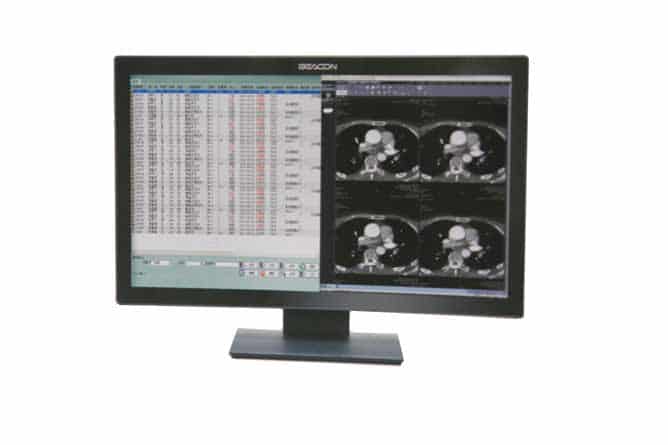Medical Grade Display vs. Consumer Grade monitor
Due to the superior quality components in medical-grade displays, they can last four times longer than consumer-grade monitors. And with better quality comes higher costs, a small price to pay for a long-term quality image production.
The other main difference is the high-resolution multi-modality imaging features of a medical display that is not as advanced in consumer-grade displays.







